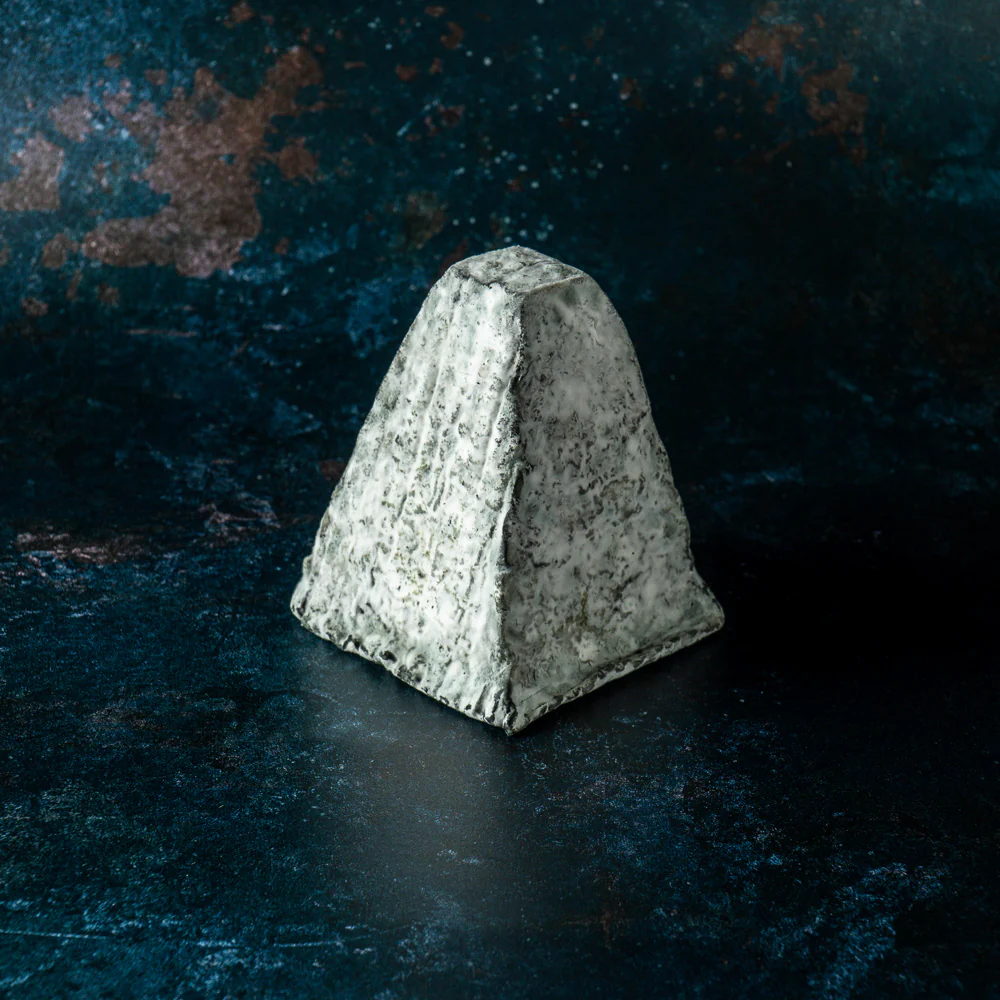It’s not jingoism or an idle boast – these days British cheese-makers are doing brilliant and exciting things (and we still have the best Cheddar)

Image: John Grindle
The French used to make the finest cheeses in the world, but they have largely stood still in recent years. The Swiss consistently hit top marks with their ancient Gruyere, the Spanish manchego at its best is world-class, the Italians make sumptuous, runny, smelly cheeses and arguably the world’s finest aged hard cheese (Parmesan). But for a combination of tradition, innovation and outstanding quality, Britain is now in the vanguard of cheese.
Many years ago, when my daughter had recently moved to California, we all went to Napa Valley and dropped in at the Dean and DeLuca delicatessen. The first thing that caught our eyes was a lavish display, in the glass-fronted cheese section, of farmhouse Cheddars – centre stage, Montgomery’s and Keen’s. We laughed and explained to the baffled cheesemonger that we lived about three miles from one and two from the other, in the middle of what was the “Cheddar triangle” which also included Westcombe. Twenty years on, it’s a magic circle that has extended to include many new and brilliant cheese-makers around our region.
Within about an hour’s drive of Sturminster Newton – itself once home to a important cheese factory – you can find the famous unpasteurised traditional Farmhouse Cheddars made by James Montgomery at North Cadbury, the Keen family near Wincanton and Tom Calver at Westcombe, and the ancient Dorset Blue Vinny revived near Lydlinch.
But there are also new cheesemakers producing exciting and successful cheeses.
These include Marcus Fergusson’s award-winning, washed-rind Renegade Monk and other cheeses made at Feltham’s Farm near Wincanton, Peter Morgan of The Book & Bucket Co at Cranborne, producing exceptional cheeses, including the Great Taste-starred Shakespeare and Hardy’s, and James McCall, who makes the delicious washed-rind Francis and other cheeses at Child Okeford. Further into Somerset, you find Jonathan Corpe of Somerset Water Buffalo with his exceptional mozzarella, made on the farm at Chilthorne Domer near Yeovil.
Roger Longman at Bagborough, close to the Bath and West showground near Shepton Mallet, produces a string of top cheeses – from the milk of cows, sheep and goats – under the White Lake Cheese brand he launched in 2004 at his family farm. He recently won the Best English Cheese prize at the British Cheese Awards for his gorgeous, ash-covered, pyramidal Tor goat’s cheese.
Something old … something blue
Mike Davies revived the almost-extinct Dorset Blue Vinny more than 35 years ago at Woodbridge Farm near Stock Gaylard. The ancient cheese is mentioned in some of Thomas Hardy’s books and there are some rather disreputable stories attached – it is said that to achieve the distinctive blueing, some makers would drag mouldy horse harnesses through the milk, or store the maturing cheeses next to the farmer’s dirty boots to encourage the mould to grow! More seriously, it was usually made by the farmers’ wife, using milk left over after the cream had been skimmed off for butter.
After the Second World War, Blue Vinny (and no, it doesn’t have an e) became increasingly difficult to source and opportunists even sold other blue cheeses under the Dorset name. In the early 1980s, Michael Davies resurrected the cheese, using a 300 year old recipe. He started in the farmhouse garage and used the kitchen pantry as a maturing room, apparently turning the walls, floor – and even the cornflakes – blue with mould. He was soon given an ultimatum by his wife: move out to the old cow byre or else! In 1998, he was the first food producer to be awarded PGI (Protected Geographical Indication) status, and the Davies family are the only producers of Dorset Blue Vinny. Today, Mike, his daughter Emily and the team continue to make the cheese in the same old cow byre.
From early on, Emily wanted to work on the farm, but she had to find a way to create an income for herself. Returning one cold, wet, winter’s day from Frome Farmers Market with a lot of unsold Blue Vinny and feeling understandably miserable, she went to see her god-mother, a professional cook. Together they came up with an idea to use the unwrapped, partially cut and therefore unsaleable cheese. The result of their experiments was the first Dorset Blue Soup – pear and Blue Vinny. Trialled at subsequent farmers markets, it proved a hit with customers. Other flavours were developed and Dorset Blue Soup became an additional Woodbridge Farm product. Interestingly, in addition to the farm’s own self-service shop and local delis and farm shops, it is stocked in the Waitrose store at Gillingham.
But Dorset Blue Vinny is still at the heart of the Davies family farm – a cheese with a long heritage, that can stand comparison with other traditional blue cheeses (and that some of us think is better!).


